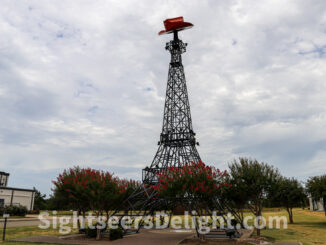The San Antonio chain of colonial Spanish missions has been named a World Heritage Site.
The missions, which include The Alamo, are today a part of San Antonio Missions National Historical Park and serve as important artifacts in the study of how Europeans colonized the region just 200 years after Christopher Columbus “discovered” the new world.
“The United States has a powerful and valuable history that encompasses a wide range of peoples, creeds and experiences,” Crystal Nix-Hines, U.S. ambassador and permanent representative to UNESCO, said in a news release. “The San Antonio Missions represent an important element of our story, and a World Heritage designation allows them to be shared not only within the U.S. but also the wider global community.”
San Antonio de Valero, better known as The Alamo, earned its place in history after a famous battle there in 1836. While itself an important destination, visitors to San Antonio would be remiss not to take the opportunity to explore four additional missions that have stood the test of time.
The missions, which operated until the late 18th century, were built as self-sufficient communities that included farming operations. There, missionaries also converted natives to Christianity and taught them the Spanish way of life.
“The San Antonio Missions are a tangible representation of everything required for a functioning Spanish colonial mission system, all within a short trek along the San Antonio River,” Susan Snow, archeologist for San Antonio Missions National Historical Park, said in a news release. “These Missions are a living example of the interchange of cultures bringing together the indigenous, Spanish, Mexican, and other influences that form South Texas today. The resulting cross-cultural exchange is the very essence of the great melting pot of the United States.”
Snow has been coordinating efforts to secure UNESCO World Heritage status since 2007.
The largest of these missions, Misión San José y San Miguel de Aguayo, was established in 1720. Construction of the mission was completed in 1782, and the native Coahuiltecan workers used Texas limestone and brightly colored stucco to give the building its distinctive look.




